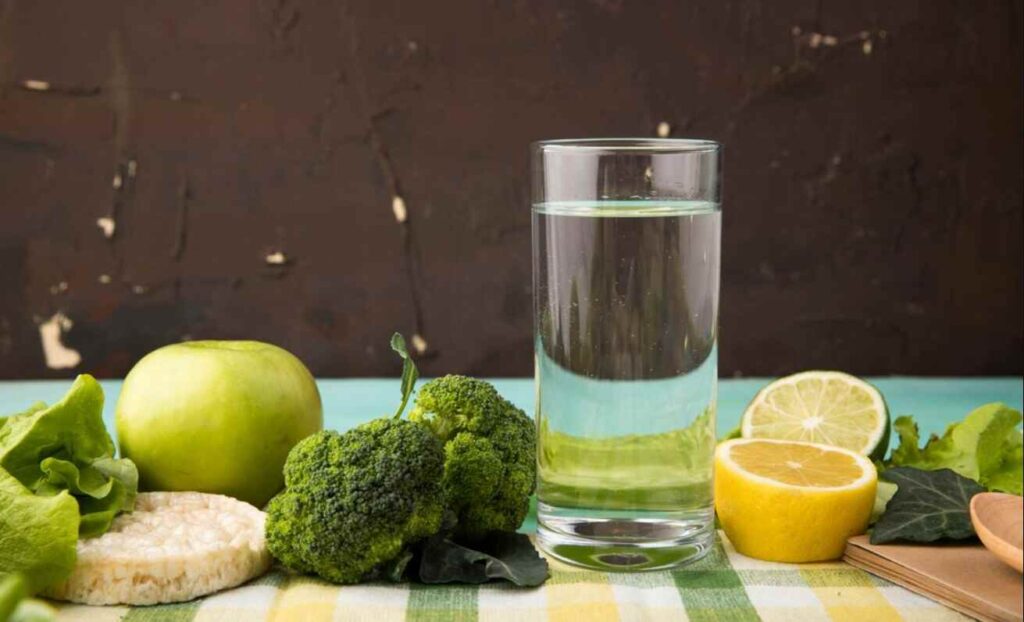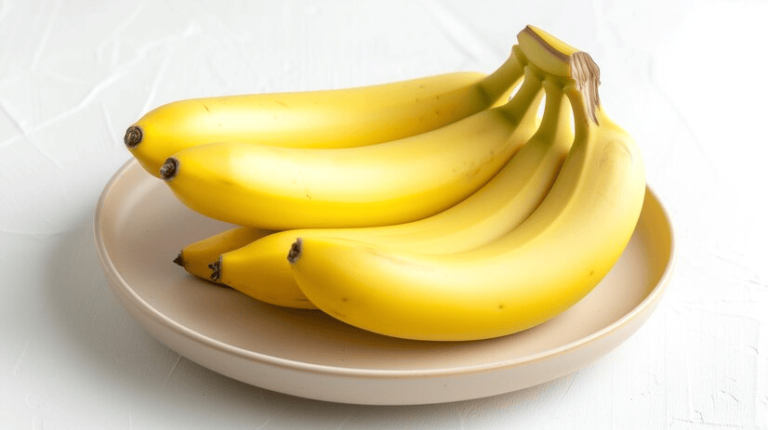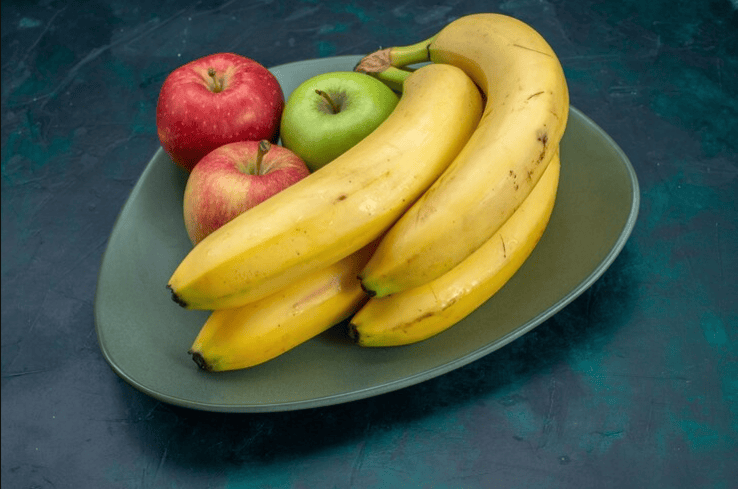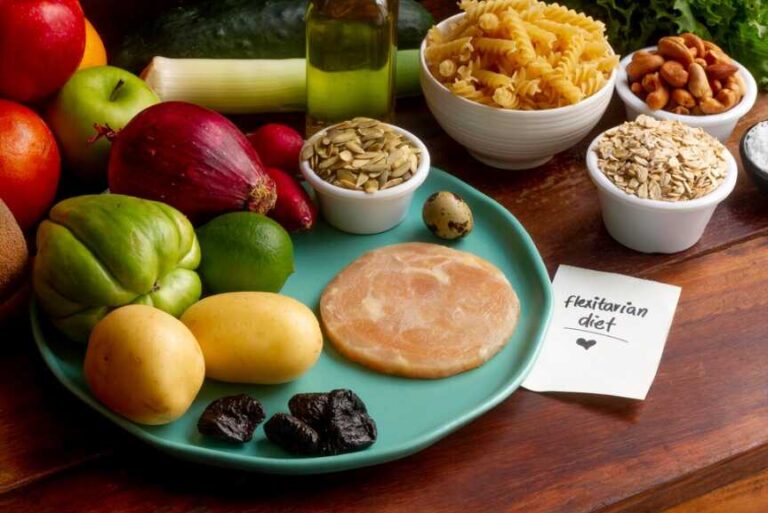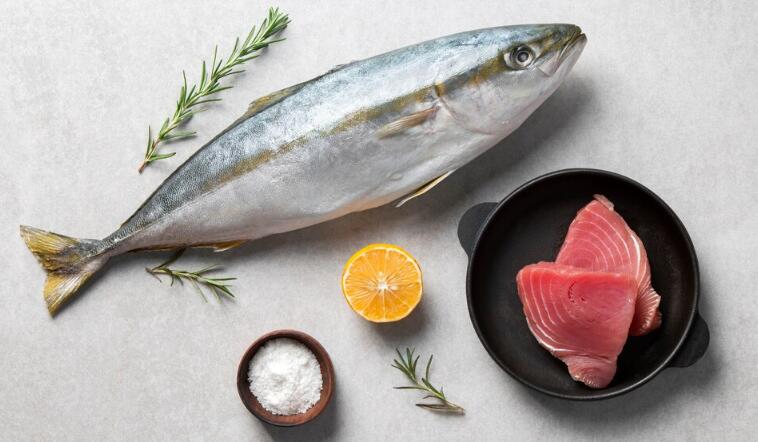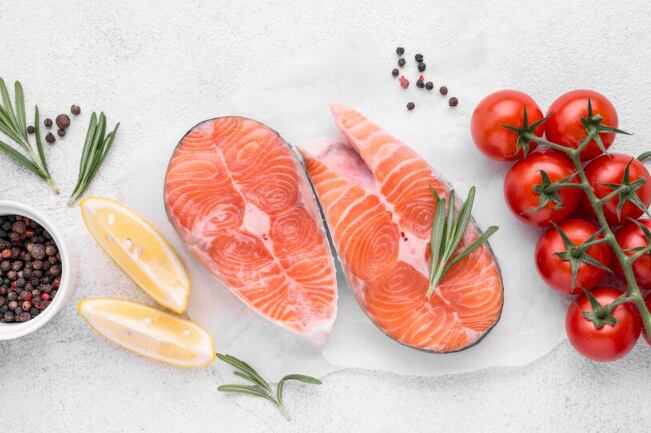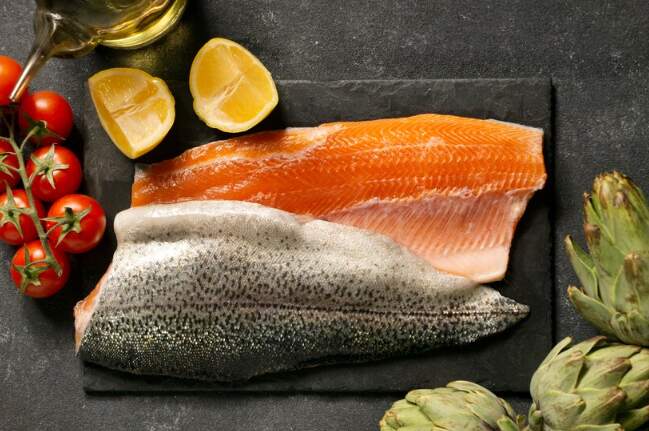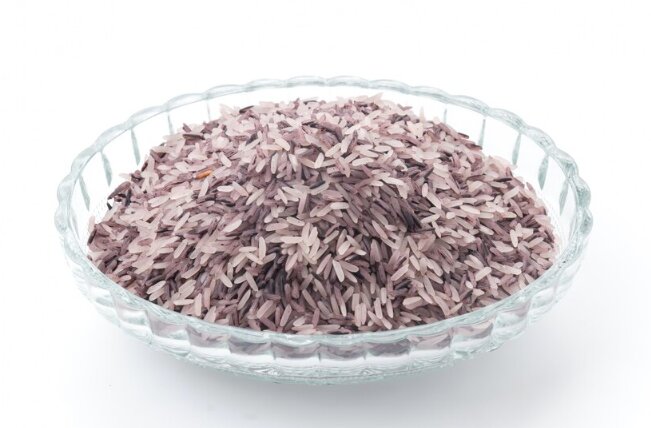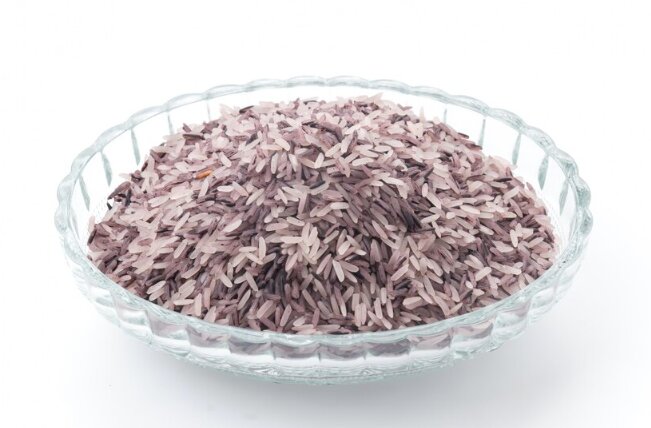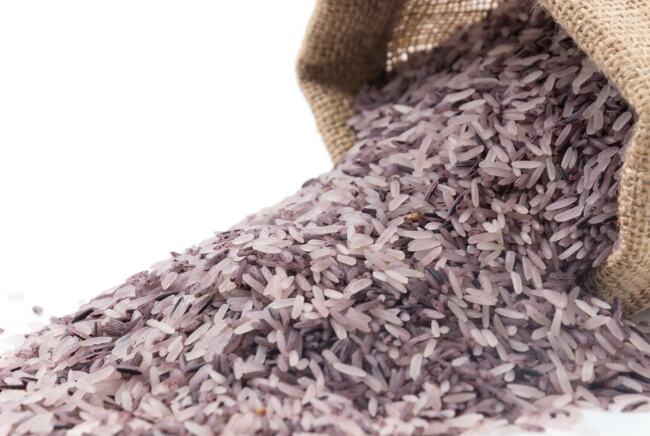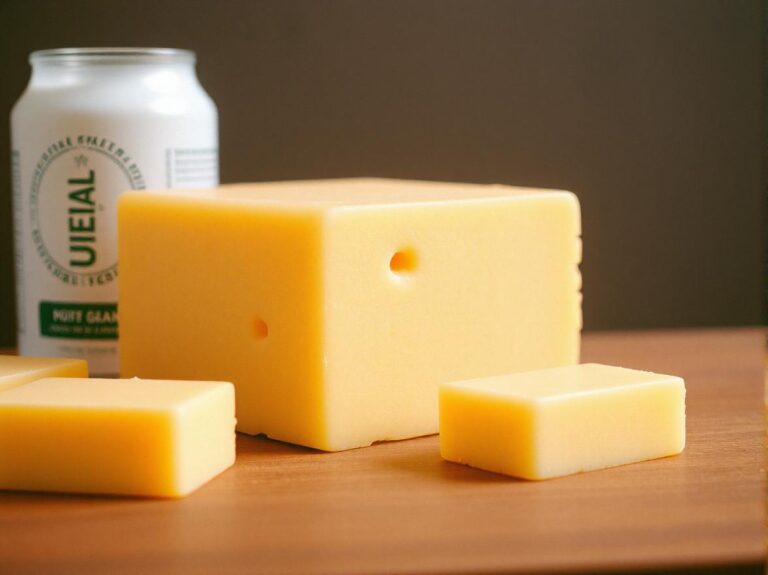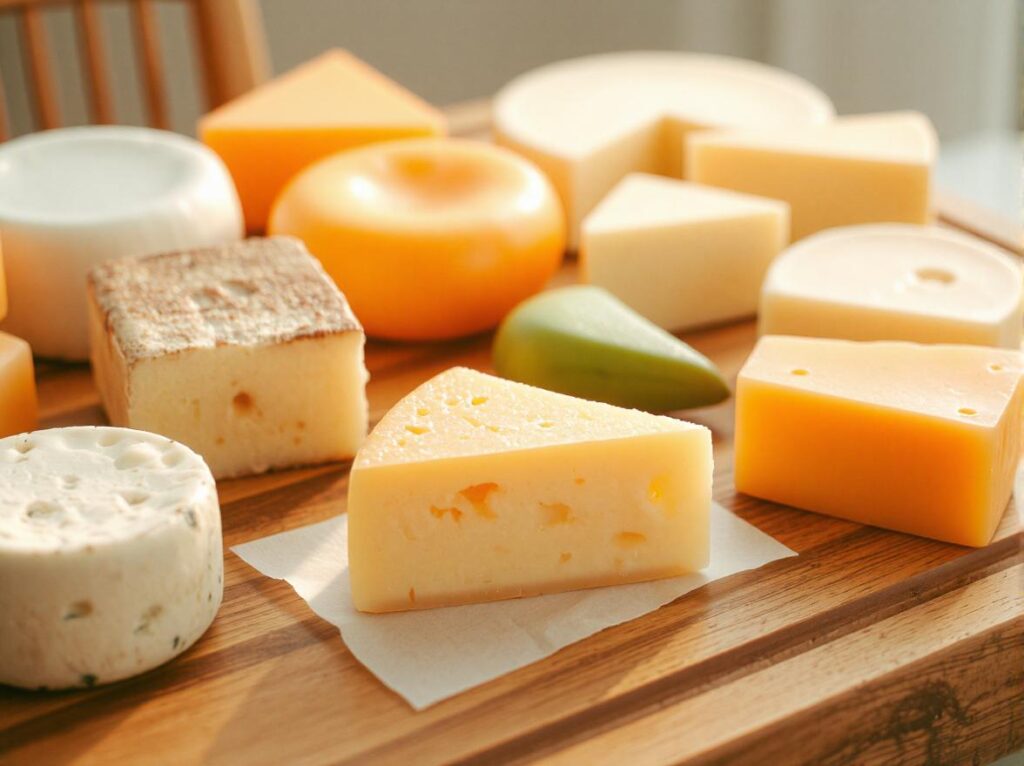The question of whether it’s healthy to eat steak every day has sparked a heated debate among health experts, nutritionists, and food enthusiasts. For some, the allure of a juicy steak as a daily staple is hard to resist, with many touting its benefits for muscle growth, weight loss, and high protein content. In fact, steak is often included in various high-protein and low-carb diets, such as the ketogenic or carnivore diets, with promises of helping individuals burn fat and build lean muscle.
But is this indulgence in daily steak truly a health booster, or could it pose risks to your well-being? While steak provides an array of essential nutrients like protein, iron, and zinc, it also comes with concerns related to its high saturated fat content and potential links to heart disease. So, is eating steak every day beneficial or harmful? Let’s dive deeper into the pros, cons, and potential health impacts of consuming steak on a daily basis.
Nutritional Profile of Steak
Steak is a rich source of essential nutrients, making it a popular choice for those seeking a protein-packed meal. Let’s take a look at the key nutrients that steak offers:
Key Nutrients in Steak
Protein: Steak is an excellent source of high-quality protein, which is crucial for muscle growth, tissue repair, and overall body function. A 3-ounce serving of steak typically provides about 22-26 grams of protein, depending on the cut.
Iron: Steak is particularly rich in heme iron, a form of iron that is more easily absorbed by the body compared to non-heme iron found in plant-based foods. This is vital for red blood cell production and preventing iron deficiency anemia.
Zinc: This mineral plays a significant role in immune function, cell division, and wound healing. Steak contains a substantial amount of zinc, helping to meet daily nutritional needs.
B Vitamins: Steak is packed with B vitamins, especially B12, which is important for nerve function, DNA synthesis, and energy production. It also contains B6, niacin, and riboflavin, all of which contribute to overall health.
Lean vs. Fatty Cuts of Steak
When choosing steak, it’s essential to consider the balance of lean and fatty cuts, as this affects both the nutritional value and potential health impacts.
Lean Cuts: These cuts contain less fat and fewer calories, making them a healthier option for those looking to reduce their fat intake. Examples of lean cuts include sirloin, flank steak, and round steak. These cuts still provide ample protein but with less saturated fat.
Fatty Cuts: While fatty cuts, like ribeye and T-bone, are known for their rich flavor and tenderness, they also have higher levels of saturated fat and calories. While fat is necessary in a balanced diet, excessive consumption of saturated fat can raise cholesterol levels and potentially increase the risk of heart disease if consumed too frequently.
What Is the Healthiest Cut of Steak?
When it comes to choosing the healthiest steak, the cut plays a vital role. Here are a few cuts that stand out:
Sirloin: A lean cut with a good balance of protein and fat, sirloin is a top contender for those seeking a healthy option. It offers a great source of protein while keeping fat content relatively low.
Benefits of Eating Steak Every Day

Steak is not only a delicious meal but also provides several important health benefits when consumed regularly. While moderation is key, including steak in your daily diet can support your body in various ways, especially when paired with a balanced and varied nutrition plan. Here are some of the key benefits:
Muscle Growth & Recovery – Rich in High-Quality Protein
One of the most significant advantages of eating steak every day is its high protein content. Protein is an essential nutrient for muscle growth, repair, and recovery. Steak provides all nine essential amino acids, making it a complete source of protein that supports muscle development.
This is particularly beneficial for individuals who engage in regular physical activity, such as weightlifting or intense exercise, as it aids in the repair and rebuilding of muscle tissue after workouts.
Iron Absorption & Red Blood Cell Production – Prevents Anemia
Another key benefit of eating steak is its high iron content, particularly heme iron, which is more efficiently absorbed by the body than non-heme iron from plant sources. Iron is essential for the production of hemoglobin, a protein in red blood cells that carries oxygen throughout the body.
Consuming steak regularly can help prevent iron deficiency anemia, a condition characterized by low iron levels that can lead to fatigue, weakness, and impaired immune function.
Supports Weight Loss – Is Steak Healthy for Weight Loss?
Despite being a calorie-dense food, steak can actually support weight loss efforts when incorporated into a balanced diet. One of the reasons for this is the high protein content in steak, which has been shown to increase feelings of fullness and satiety. This can help reduce overall calorie intake by curbing hunger and preventing overeating.
Satiety & Reduced Cravings – Helps in Calorie Control
Steak is known for its ability to keep you feeling full for longer periods. The combination of protein and fat in steak contributes to satiety, helping to regulate appetite and reduce cravings throughout the day. This can be especially helpful when trying to manage calorie intake and control portions.
Side Effects & Risks of Eating Steak Every Day
While steak provides numerous benefits, it’s important to recognize the potential risks of consuming it every day. Like any food, moderation is crucial, and overconsumption can lead to several health concerns. Let’s explore the side effects and risks associated with daily steak consumption.
Effects of Eating Steak Every Day on Heart Health – Saturated Fat & Cholesterol Concerns
One of the primary health concerns when eating steak regularly is its saturated fat content. Many cuts of steak, especially fatty cuts like ribeye and T-bone, are high in saturated fat. High intake of saturated fat has been linked to increased levels of LDL cholesterol, commonly referred to as “bad” cholesterol.
Elevated LDL cholesterol can contribute to the buildup of plaque in the arteries, increasing the risk of cardiovascular diseases such as heart attacks and strokes.
Harmful Effects of Eating Meat – Increased Risk of Inflammation, Certain Cancers
Eating large quantities of red meat, particularly processed meats, has been associated with an increased risk of chronic inflammation and certain types of cancer. Research suggests that regular consumption of red meat, especially processed meats like sausages and bacon, can elevate markers of inflammation in the body, which may contribute to conditions like arthritis and heart disease.
Disadvantages of Eating Meat Every Day – Nutrient Imbalances, Digestive Issues
Eating steak every day without balancing your diet can lead to nutrient imbalances. While steak is rich in protein, iron, and zinc, it lacks other important nutrients like fiber, which is essential for digestive health. A diet too heavily focused on meat can result in a lack of variety, leading to deficiencies in vitamins, minerals, and fiber.t.
What Happens if You Eat Steak for 7 Days? – Short-Term Effects
If you eat steak every day for a week, you may notice a few short-term effects. On the positive side, you might experience increased muscle mass (if you’re combining it with exercise) due to the protein content, as well as improved energy levels thanks to the iron in the steak.
However, you could also begin to feel the effects of higher saturated fat intake, such as bloating, mild digestive discomfort, or increased levels of cholesterol.
Is It Healthy to Eat Steak Every Day for a Month? – Long-Term Effects
Eating steak every day for a month may have more noticeable long-term effects on your health. If consumed in excess without balancing other food groups, you could be at risk for weight gain due to the calorie density of steak, especially if fatty cuts are chosen.
Over time, the cumulative effect of consuming high levels of saturated fat could lead to elevated cholesterol levels, putting you at greater risk for heart disease.
Steak & Weight Loss: Fact or Myth?
Steak is often touted as a great food for weight loss, especially in high-protein, low-carbohydrate diets like the ketogenic and carnivore diets. But is it really healthy to eat steak every day for weight loss? Let’s explore the pros and cons of eating steak for fat loss, compare steak-based diets to other options, and see how consuming steak once a week compares to eating it every day.
Is It Healthy to Eat Steak Every Day for Weight Loss? – Pros & Cons for Fat Loss
Pros:
High Protein Content: One of the key benefits of eating steak for weight loss is its high protein content. Protein is crucial for building muscle, and muscle tissue burns more calories at rest compared to fat tissue. Consuming enough protein, like that found in steak, can help support muscle mass while promoting fat loss.
Additionally, a high-protein diet can increase satiety, helping to reduce cravings and prevent overeating, which can be beneficial for controlling calorie intake.
Low in Carbs: Steak is naturally low in carbohydrates, making it an excellent option for low-carb or ketogenic diets, where the goal is to shift the body into a state of ketosis (burning fat for energy instead of carbohydrates). By eliminating carbs and focusing on protein and fat, steak can be part of a diet that supports fat loss.
Cons:
Calorie Dense: While steak is a great source of protein, it’s also calorie-dense, particularly when eating fattier cuts like ribeye. If you’re consuming steak in large portions without controlling your overall calorie intake, it could lead to overeating and weight gain rather than weight loss. Portion size is crucial, especially if you’re not pairing your steak with low-calorie vegetables and other nutrient-dense foods.
Excessive Saturated Fat: Eating steak every day, especially fattier cuts, can lead to an intake of excess saturated fat. While some fat is necessary for a balanced diet, too much can contribute to weight gain and increase the risk of cardiovascular disease. For weight loss, it’s important to balance your fat intake and focus on healthy fats, such as those from avocados, nuts, and olive oil.
Is It Healthy to Eat Steak Every Day to Lose Weight? – Comparing Steak-Based Diets to Other Options
When comparing steak-based diets to other popular weight loss options, there are some distinct differences in terms of overall health and long-term sustainability:
Steak-Based Diets: Diets like the carnivore diet, which centers around eating meat (often including steak), are low in carbohydrates and focus heavily on protein and fat. While these diets can promote weight loss in the short term due to reduced carb intake and higher satiety from protein, they may not provide all the essential nutrients the body needs in the long run. Lack of fiber, antioxidants, and other vitamins can lead to nutrient imbalances and digestive issues.
Low-Carb or Ketogenic Diets: Similar to steak-based diets, ketogenic diets focus on reducing carbs and increasing fat and protein intake. Steak can be a part of this diet, but a more balanced approach would also include non-starchy vegetables, healthy fats, and occasional dairy or plant-based proteins.
Balanced Diets: For those who prefer a more sustainable approach to weight loss, diets that include a variety of whole foods—lean meats, vegetables, fruits, whole grains, and healthy fats—tend to be the most successful in the long run.
These diets promote a more balanced intake of nutrients and are easier to maintain over time, reducing the risk of nutrient deficiencies or health complications.
Eating Steak Once a Week vs. Daily Consumption – What’s the Best Approach?
When it comes to weight loss and overall health, moderation is key. Eating steak once a week versus every day can have significant differences in terms of both health outcomes and sustainability.
Eating Steak Once a Week: Enjoying steak as a weekly treat allows you to reap the benefits of its high protein and iron content without overloading on saturated fat. By limiting steak to a once-a-week indulgence, you reduce the risk of nutrient imbalances and overconsumption of unhealthy fats.
This approach also makes it easier to maintain a balanced diet by incorporating a wider variety of protein sources, vegetables, and whole grains throughout the rest of the week.
Eating Steak Every Day: While daily steak consumption can fit into certain high-protein diets, it’s important to be mindful of potential downsides, like excessive fat intake and lack of dietary variety.
If you’re committed to eating steak every day, focus on leaner cuts, and balance your diet with plenty of vegetables and fiber-rich foods to maintain digestive health and nutrient balance.
Healthier Ways to Eat Steak Daily
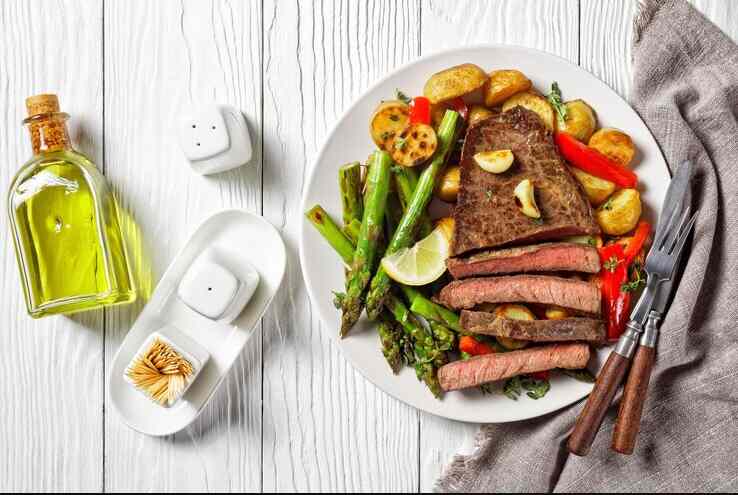
If you enjoy steak and want to make it part of your daily diet without compromising your health, there are several strategies to ensure you’re getting the most out of your steak while minimizing the risks associated with overconsumption. Here are some tips to enjoy steak in a healthier way:
Choosing Lean Cuts and Grass-Fed Beef
One of the best ways to make your daily steak consumption healthier is by opting for lean cuts and grass-fed beef. Lean cuts of steak, such as sirloin, flank steak, round steak, and tenderloin, are lower in saturated fat compared to fattier cuts like ribeye or T-bone. These cuts provide the protein and iron you need without the added calories and fat.
Grass-fed beef is another excellent choice for a healthier steak. Compared to conventionally raised beef, grass-fed beef tends to have a better nutritional profile, including:
Higher omega-3 fatty acids: Omega-3s are heart-healthy fats that can help reduce inflammation.
Lower overall fat content: Grass-fed beef is leaner and typically contains less saturated fat.
More vitamins: Grass-fed beef is richer in certain vitamins, like Vitamin E and beta-carotene.
Avoiding Excessive Butter, Oils, and Processed Meats
While cooking steak, it’s important to keep the added fats in check. Excessive use of butter, oils, or sauces can quickly turn a healthy steak into a calorie-dense, fat-laden meal. Instead of slathering your steak with butter or frying it in large amounts of oil, consider grilling, broiling, or pan-searing your steak with minimal fat.
Pairing Steak with Fiber-Rich Vegetables & Whole Grains
To make your daily steak meal more balanced and nutritious, pair it with a variety of fiber-rich vegetables and whole grains. Fiber is essential for digestive health and helps you feel fuller for longer, which can aid in weight management. Vegetables like spinach, broccoli, asparagus, zucchini, and green beans are not only high in fiber but also rich in vitamins, minerals, and antioxidants that support overall health.
Alternative Protein Sources for a Balanced Diet
While steak is an excellent source of protein, it’s important to include a variety of protein sources in your diet for balance and nutritional variety. Incorporating alternative protein sources into your meals will ensure you’re getting all the essential amino acids and nutrients your body needs without overrelying on red meat.
Consider adding some of the following protein sources to your weekly diet:
Poultry (chicken, turkey): Leaner than red meat, poultry is a great alternative for protein.
Fish and seafood: Rich in healthy omega-3 fatty acids, fish like salmon, mackerel, and sardines offer excellent health benefits.
Legumes (lentils, beans, chickpeas): These plant-based proteins are high in fiber and antioxidants, making them a great addition to a balanced diet.
Tofu and tempeh: For those who prefer plant-based options, tofu and tempeh are excellent sources of protein and can be used in a variety of dishes.
Eggs: A versatile and affordable protein source, eggs provide high-quality protein along with essential vitamins and minerals.
Conclusion
In conclusion, steak can be a healthy and nutritious part of your diet when consumed in moderation. It offers a wealth of benefits, such as providing high-quality protein, essential nutrients like iron, zinc, and B vitamins, and supporting muscle growth and satiety. Additionally, lean cuts of steak, especially when grass-fed, are healthier options that can be incorporated into a balanced diet.
However, eating steak every day comes with certain risks. Overconsumption of red meat, particularly fatty cuts, can lead to high levels of saturated fat, which may negatively affect heart health. It can also increase the risk of inflammation, digestive issues, and nutrient imbalances if not paired with a variety of fiber-rich foods and other protein sources. Long-term excessive intake of steak may also raise the risk of certain cancers and cardiovascular diseases.
For most people, enjoying steak once a week or a few times a month is a much healthier approach. This allows you to reap the nutritional benefits of steak without overloading on calories, fats, or red meat. Moderation is key to maintaining a balanced and sustainable diet.



